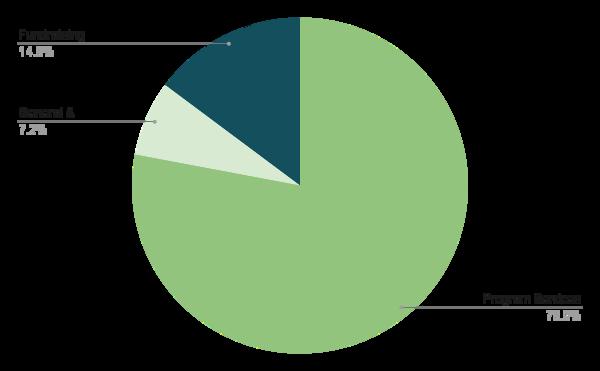ANNUAL REPORT





Letter from the Executive Director
Our Services
10 Years of Impact
Current Projects
Adventure Scientists in the News
Equity & Justice in Science and the Outdoors

Board and Advisors
Our Staff
Financials
Caption: Beth and Ken Belanger measuring a black walnut trunk as part of sampling in the Finger Lakes National Forest (8/8/21)
Tracking. Credit: Karyn Belanger
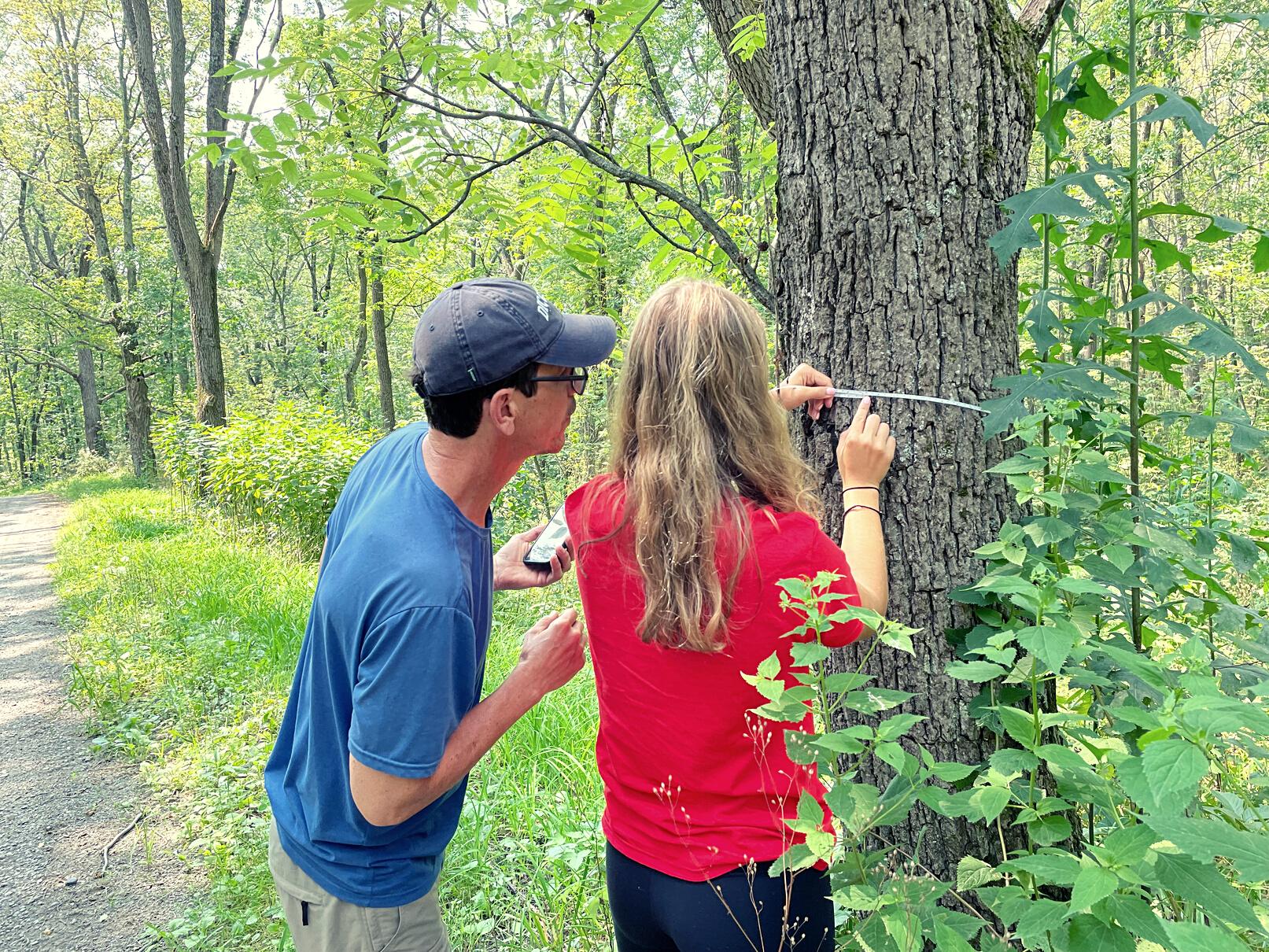
This year, we celebrated Adventure Scientists’ 10th anniversary and ten years of progress in addressing urgent conservation challenges around the world. As you’ll see in the pages ahead, our unique model mobilizing volunteers to get otherwise unattainable data at scale for partners working at the cutting edge of climate and environmental issues has proven to be deeply impactful. I cannot be more grateful for the support of our many dedicated partners, sponsors, and philanthropic donors who have helped make this possible. You are the key to our success.

As we reflect on and celebrate all we have accomplished over the past decade, we are also all too aware of the urgency of accelerating conservation solutions in the years ahead. Thank you for being part of this critical work. Together, we will help shape a world where people live in balance with nature.

With all our gratitude,
Gregg Treinish Founder & Executive DirectorResearchers, land managers, and conservationists often lack the time or capacity to manage large-scale data collection. From thought partnership during the initial design phases through data delivery from our volunteers in the field, Adventure Scientists offers end to end research support that enables our partners to tackle pressing research questions. If you are, or know of, someone who needs field data for data limited science critical to environmental issues, we invite you to reach out. It’s our mission to help.
 Credit: Dalton Johnson, 2021
Credit: Dalton Johnson, 2021
Climate Change Conference COP26 in Glasgow, Scotland, November 1, 2021
“We are the greatest problem solvers to have ever existed on Earth. If working apart, we are a force powerful enough to destabilize our planet, surely working together, we are powerful enough to save it.”
Sir David Attenborough, British Naturalist
determines the appropriate scale of data collection and logistics required for execution, including permitting, and engages data end-users that can amplify the impact of the research.

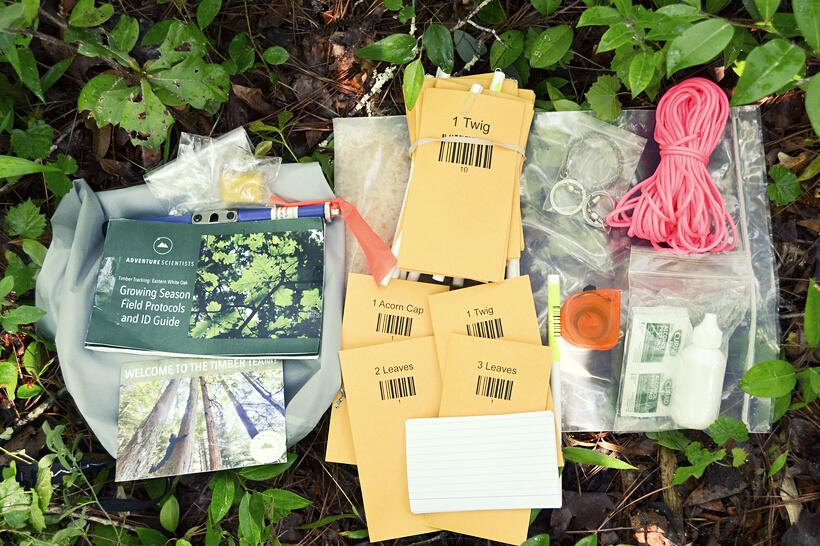
includes creating customized online volunteer training, configuring data collection apps, sourcing technology and equipment, securing relationships with relevant labs, and acquiring permits.
allows our scientific partners to access our volunteer network at any scale, anywhere. We recruit, screen, train, and manage volunteers and deliver high quality data in accordance with strict protocols.

We helped Harvard Medical School narrow the search for the genes responsible for antibiotic resistance, which if left unchecked is projected to kill 10 million people by 2050.

We have gathered leaf and wood samples for the US Forest Service to help prevent illegal logging through determination of the species, origin, and legality of timber.
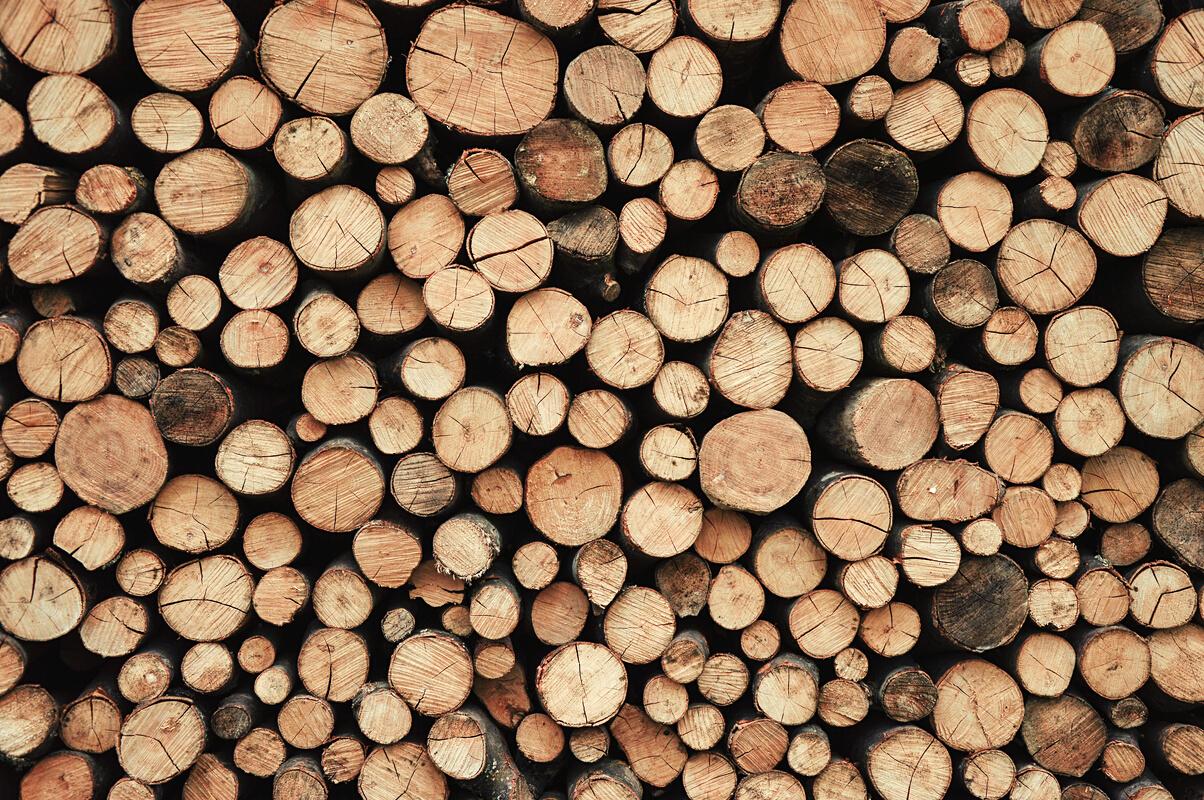
With over 1 million animals dying on U.S. roads every day, we identified hotspots of wildlife vehicle collisions to inform the placement of overpasses and essential mitigation infrastructure.


We collected the world's largest microplastics dataset, which informs decisions by the WHO, EPA, and more than 300 governments, NGOs, and businesses around the world.

We collected samples of the highest elevation plant life on Earth from Mt. Everest, which are now used to increase crop yields around the world through natural symbiosis.

We furthered protections for wildlife through our studies of threatened species including pika, wolverine, lynx, grizzly bears, and the Pacific marten.


 Caption: Zena Casteel and Christopher Tarango demonstrate the black walnut field protocols in the Finger Lakes National Forest of New York, on the lands of the Ho de no sau nee ga (Haudenosaunee), Onöndowa'ga:' (Seneca), and Susquehannock.
Caption: Zena Casteel and Christopher Tarango demonstrate the black walnut field protocols in the Finger Lakes National Forest of New York, on the lands of the Ho de no sau nee ga (Haudenosaunee), Onöndowa'ga:' (Seneca), and Susquehannock.
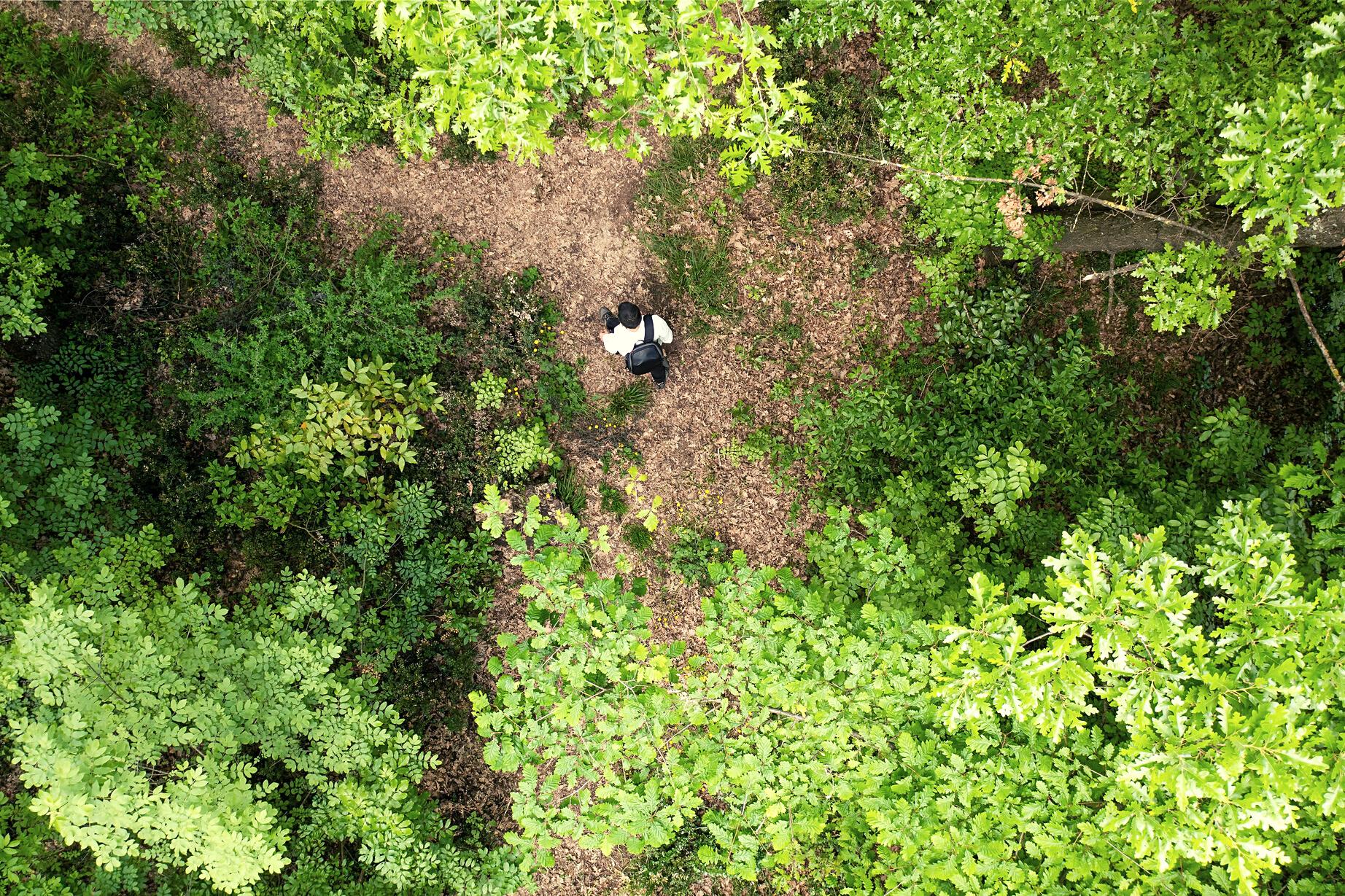
Collect tree samples to build DNA and chemical databases that enable investigators to identify the origins of wood products.
Provides evidence to deter illegal loggers, confirm the origins of wood products , and protect forests. This science informed strategy can be scaled up globally, protecting forests and undermining criminal syndicates tied to wildlife crime and human trafficking.
PARTNERS: USDA Forest Service, US Fish and Wildlife Service
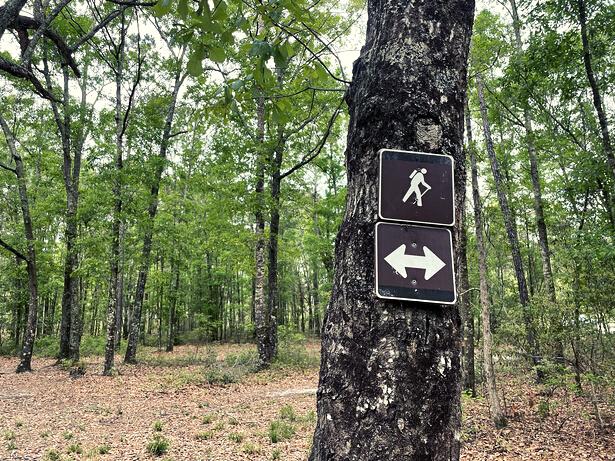
In 2021, Adventure Scientists embarked on its fifth species of the Timber Tracking project by adding eastern black walnut (Juglans nigra) sample collection. Volunteers collected leaf, twig, and tree core samples from black walnut trees from July 2021 through January 2022. In total, 145 volunteer teams collected samples from 932 trees. We took samples from black walnut trees in 32 states in the eastern and central U.S., covering the full extent of the species range.

Our partners at the U.S. Forest Service will analyze these samples to build comprehensive genetic and chemical reference libraries. These reference libraries will enable land managers to enforce anti poaching regulations, improve forestry management practices, and plan for climate change impacts.

For this project, Adventure Scientists created field protocols and volunteer training materials in consultation with project partners, secured permits, and selected where and when to collect samples. We then recruited, trained, and managed volunteers who collected data in the field. When volunteers returned samples to us, we inspected and reviewed all physical specimens and metadata to ensure quality.
Together with our partners, we are building foundational reference libraries that will help law enforcement combat illegal logging, as well as guide resource managers who can preserve the genetic diversity of these important tree species.
Credit: Portia Sampson-Knapp, 2021Eastern black walnut, Juglans nigra, is a native deciduous tree and among the most valuable hardwood species in North America. Black walnut timber is highly prized for its straight, dark, and fine grained heartwoods, and a popular wood choice for furniture, gunstocks, flooring, coffins, and veneer.
The U.S. Forest Service has developed genetic markers to identify individual black walnut trees with the goal of improving forensic tools for investigating black walnut theft. Our sampling design allows the U.S. Forest Service to produce a comprehensive reference library, which in turn supplies prosecutors with the information needed to demonstrate high certainty identities and source wood origins within tens of miles. This precision is essential for cases where wood products are transported across state lines for milling or shipping purposes. In the future, this technology can be used to confirm the origin of wood products as they enter the supply chain.
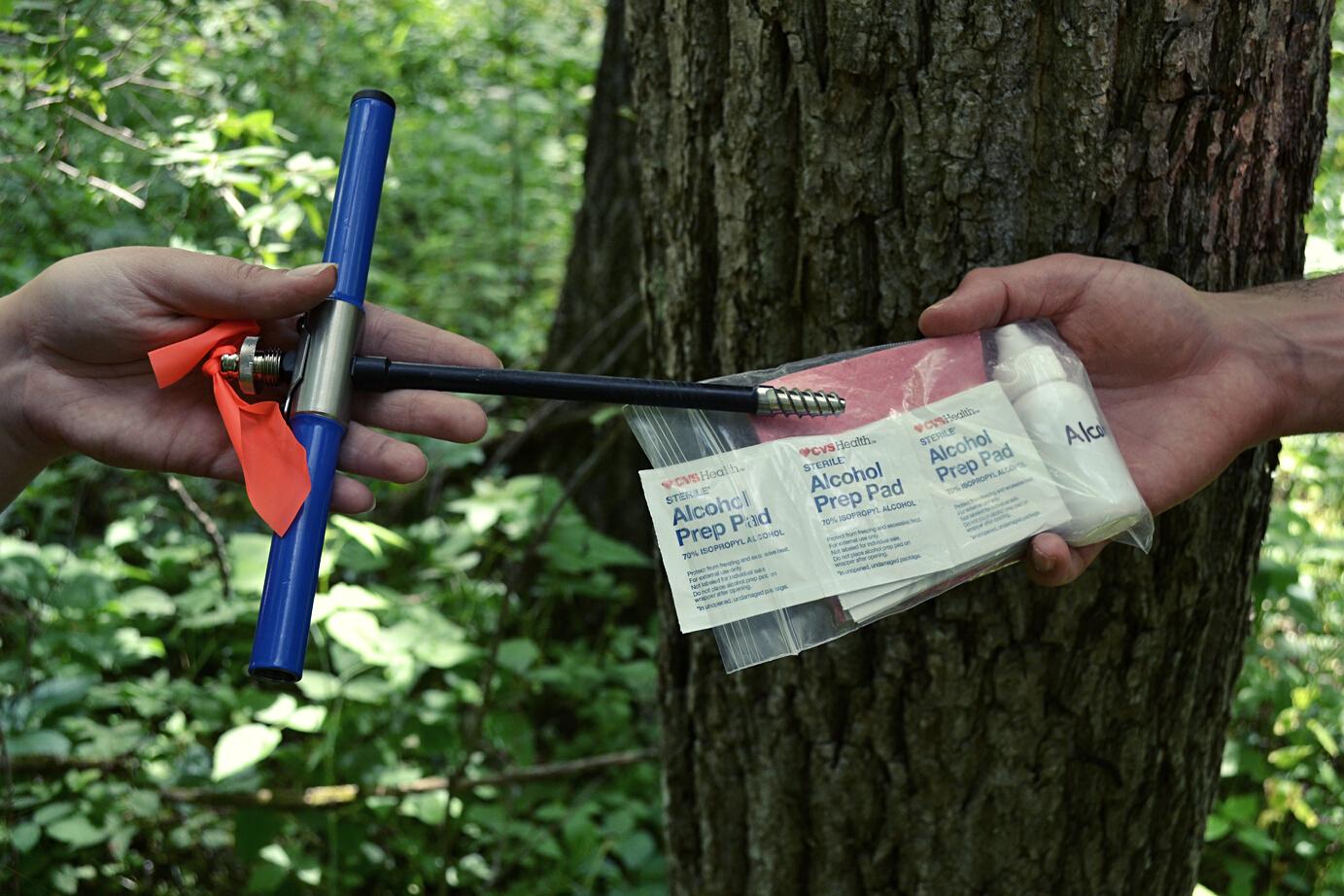
The goal of the Timber Tracking initiative at Adventure Scientists is to help combat the pervasive issue of illegal logging. Around the world, estimates are that one in three wood products is illegally sourced, with up to $150B of wood stolen out of forests each year. This year's work builds upon Adventure Scientists’ efforts since 2018 to collect range-wide samples from species targeted by timber poaching. Black walnut followed projects for bigleaf maple (Acer macrophyllum), coast redwood (Sequoia sempervirens), western redcedar (Thuja plicata), and Alaska yellow cedar (Callitropsis nootkatensis).
 Caption: Mia Taylor and Josh Johnson organizing samples from a large black walnut tree in Wayehutta Credit: Eric Fanning
Caption: Mia Taylor and Josh Johnson organizing samples from a large black walnut tree in Wayehutta Credit: Eric Fanning
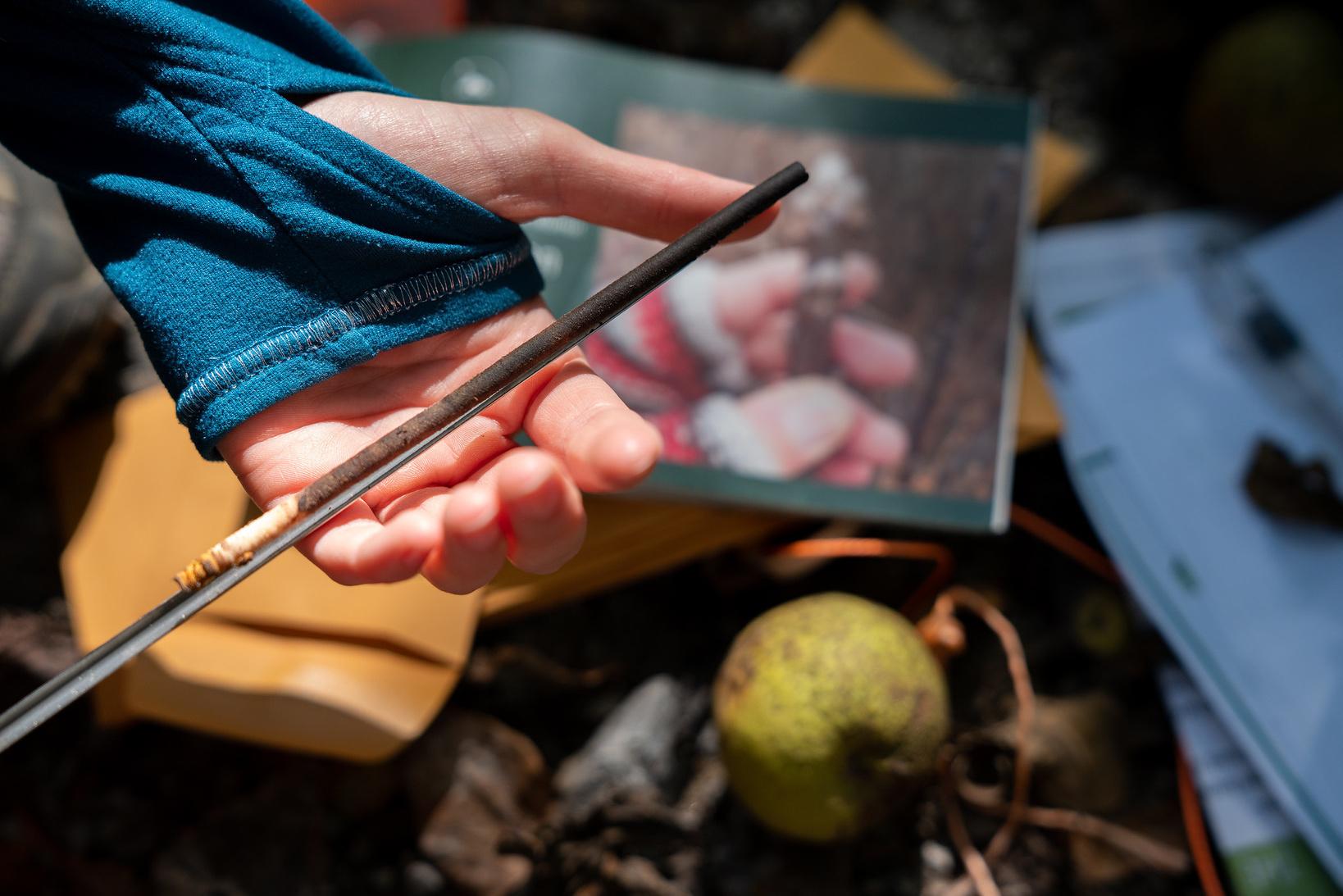

 Credit: Andy Bork 2021
Credit: Andy Bork 2021
“Our collaborators are currently analyzing new approaches for predicting the geographic source of wood using ‘chemical fingerprinting’ based on a rapid and inexpensive mass spectroscopy method.
The black walnut core collection is the largest spatial population study of cores made available to date for mass spectroscopy; nothing comparable exists at this geographic scale. The collection will allow scientists to test multiple different prediction methods and it provides a great contrast for DNA based prediction methods.”
Rich Cronn
USFS Research Geneticist, Land and Watershed Management


Collect water temperature, pH, salinity, and other water quality information on Wild and Scenic rivers across the US.
The National Wild and Scenic River System protects America’s most treasured rivers. Yet 82% of these rivers either have little to no water quality information or are known to fail water quality standards for one or more pollutants. Our work provides river managers with the most comprehensive view ever of the health of the Wild and Scenic river system, to better protect these rivers into the future.

National Park Service, US Forest Service, Bureau of Land Management.

The National Wild and Scenic Rivers System contributes 10% of drinking water throughout the United States. In addition, these rivers are essential for their cultural, recreational, and natural value. However, water quality on the vast majority of these rivers has not been adequately surveyed.
Framed by the five year window between the 50th anniversary of the WSR Act and the federal Clean Water Act, the U.S. Forest Service, Bureau of Land Management, and National Park Service have partnered with Adventure Scientists to survey water quality on protected rivers across the country, providing needed data at an unprecedented scale.
These data empower managers of these rivers to preserve water resources that support wildlife, recreation, fishing, and human communities. Rafters, canoers, kayakers, hikers, and others are helping us collect data on these rivers across the country.

 Caption: Katya Koepsel shows a vial of river water while collecting a grab sample on the Fortymile River, Alaska.
Caption: Sean Tropsa floats his pack raft on the Fortymile River, Alaska.
Caption: Katya Koepsel shows a vial of river water while collecting a grab sample on the Fortymile River, Alaska.
Caption: Sean Tropsa floats his pack raft on the Fortymile River, Alaska.
In summer 2021, Ellie Friedmann and a group of Northwest Rafting Company guides spent five days exploring Chrome Creek, a proposed Wild and Scenic River, to better understand why it deserves protection. They collected data for Adventure Scientists' Wild and Scenic River project at the same time.

Ellie shared, "We tested sites on both established (Chetco, North Fork Smith rivers) and proposed (Baldface, Chrome creeks) Wild and Scenic Rivers. While these areas are specifically valued for their water quality in the Wild and and Scenic Rivers Act, they are rarely tested. We were able to prove that they are still extremely healthy at these upper reaches."
Ellie continued, "After our trek, we can say with confidence that [in our opinion] Chrome Creek deserves this Wild designation due to its water quality, rare plants, and stunning scenery. Following a river from source through confluence showed us how a river evolves in its environment. Rivers are not one character, but in fact integrate their surroundings as they adapt to different landscapes. Varying geologies, land uses, and gradients drastically changed our experience every mile, compounding on each other. We hope to give others a window into a special place."
Collect critical data to understand how to protect reefs amidst climate change and human pressures.
Mexico’s Pacific Coast is home to some of the world’s most biodiverse coral reefs. Coral reef monitoring efforts serve to evaluate past management practices, inform current management tools, and provide valuable data for advocates seeking to spur more proactive future actions.
PARTNERS: Dr. Alma Paola Rodríguez Troncoso and Dr. Amílcar Cupul Magaña, Universidad de Guadalajara


Mexico’s Pacific coast is home to some of the world’s most biodiverse coral reefs, underwater communities that support sharks, turtles, and other marine life. They also support human lives by buffering the coastline from intense storms and providing livelihoods from fishing and tourism. Yet these reefs are imperiled by ocean acidification, more frequent and powerful storms due to climate change, and damage from human overuse.

Teams of volunteer divers will survey up to 40 coral reef sites multiple times a year for several years. Each volunteer diver conducts a minimum of three site surveys.
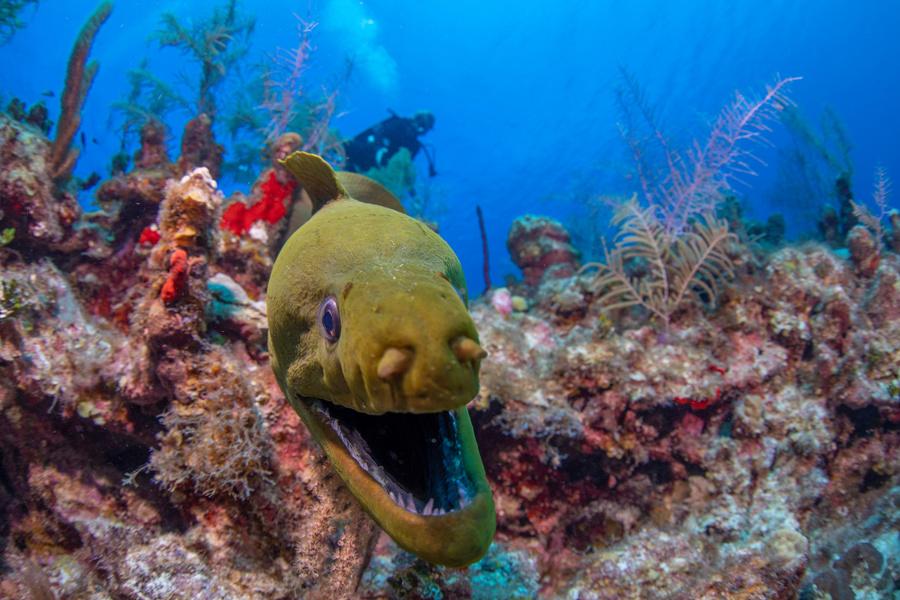
At each field site, dive teams swim 5 different 25 meter long belt transects parallel to the coast. Teams swim each of the five transects three times to collect the following data:
Fish surveys – identify fish to species, mark size categories, and estimate ratio of adults to juveniles
Echinoderm density count abundance by species across different categories (sea urchins, sea stars, and sea cucumbers)
Habitat assessment record a video for the researchers to analyze Vertical contour measure contour of seafloor
The data we collect helps local authorities and NGOs improve management practices, consider establishing new protected areas, and help make the reefs more resilient to larger storm events due to climate change.
In December, the first groups of volunteers leapt into the water, fins ready. Volunteers Kirk and Heidi Hackler join the project along with other members of the Panama Posse, a group of sailors who meet up to travel the oceans along Mexico, Central America, and the Caribbean. This year's meet up had the bonus of collecting data for the Mexican Coral Reefs project.
The Hacklers and the Panama Posse, joined by Dr. Rodríguez Troncoso, Dr. Cupul Magaña, and Adventure Scientist staff, spent time learning and practicing protocols. Then they held a half day excursion to collect data on reefs near the tiny beach town of Cuastecomate in the State of Jalisco. About 20 divers grouped into scuba and snorkel teams and began working together.

How was the experience? Kirk and Heidi say in their blog, Due West: "If you are any type of outdoor adventurer, we highly recommend checking out adventurescientists.org to learn how you can become a citizen scientist on your next outdoor adventure! And if you are a scientist needing data collection from the outdoors, you can hook up with Adventure Scientists as well. It’s a win win for Mother Earth and our new favorite nonprofit organization."
Add a little bit of body text
"Organizations like Adventure Scientists play an important role in research. Professional scientists are constrained by funding, time, and location, which can limit their ability to conduct their work. Laypeople can fill in the gaps, while helping people engage with science."
Ever Wanted to Volunteer for a Scientific Expedition? Here’s How National Geographic August 25, 2021



"Researchers have created a bigleaf maple database of more than 1,100 tree samples, covering a region 'basically from the U.S.Mexico border all the way up to Vancouver Island and Canada.'
'Any time trees are taken in that range can now be investigated,' Dr. Cronn said. 'We will be ready at the next trial.'"
Timber Poachers Set a Forest on Fire. Tree DNA Sent One to Prison New York Times November 10, 2021

Adventure Scientists works at the intersection of two spheres that are deeply rooted in oppression: scientific research and outdoor adventure. We are part of this system, and it is our responsibility to help dismantle it.

In 2021, we continued building working relationships with scientific researchers and consortia who represent and advocate for groups targeted with discrimination within the scientific field.
For volunteers, we prioritized streamlining technology systems to ease access to project information, secured extra tablets to loan for data collection, and highlighted diverse volunteers in our protocols and trainings. We contracted a translator to write select social media posts in Spanish. We also revised the demographics questions in our volunteer surveys with the goal of inclusion as well as setting us up to learn where our efforts can improve.
Internally, we continued to build out a library of literature for the staff, and held workshops with the Avarna Group to assess our organization’s systems and align staff and board on centering equity, inclusion, and justice in our day-to-day operations.
Adventure Scientists is actively seeking to collaborate, innovate, and put equitable systems in place to continue our investment in protecting global ecosystems for the good of all people and species.
Saleem Ali, Scott Amero, Heana Chung, Ann Curry, Mike Herring, Leigh Lytle, Peter Molnar, Gregg Treinish, Kate Wing
Jon Bowermaster, Christy Chin, Alan Eustace, Sy Kaufman, Anthony Lee, Steve McCormick, Frazier Miller, Gib Myers, Bill Unger, Sean Gerrity
Dr. Enric Sala, Dr. Lauren Oakes, Dr. Tim McDermott, and in loving memory of Dr. Thomas Lovejoy, who changed the world as we know it.
Caption: Stéphanie Hayes looks up into the canopy of a yellow cedar tree. She collected samples of Alaska yellow cedar and Western red cedar from the islands and mountains near Petersburg, Alaska, for the Timber Tracking project
Credit: Josef Quitslund

Jenélle Dowling (Scientific Director), Maris Fessenden (Communications Manager), Anne Russell Gregory (Development Manager), Merrill Hallett (Chief of Staff), Ricky Jones (Technology Manager), Katya Koepsel (Project Coordinator), Max Littlefield (Project Coordinator), Isabella Pritchard (Project Assistant), Jen Shoemaker (Assoc. Director of Communications), Jessica Smorowski (Senior Operations Manager), Joshua Theurer (Assoc. Director, Project Design), Michelle Toshack (Assoc. Director, Project Management), Gregg Treinish (Founder & Executive Director), Lindsay Wancour (Project Creation Manager)

